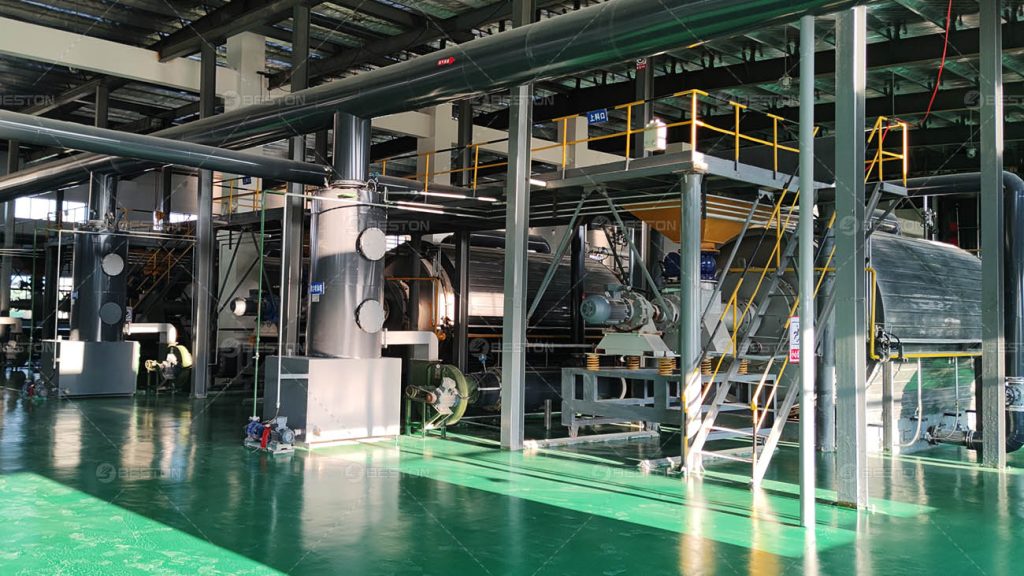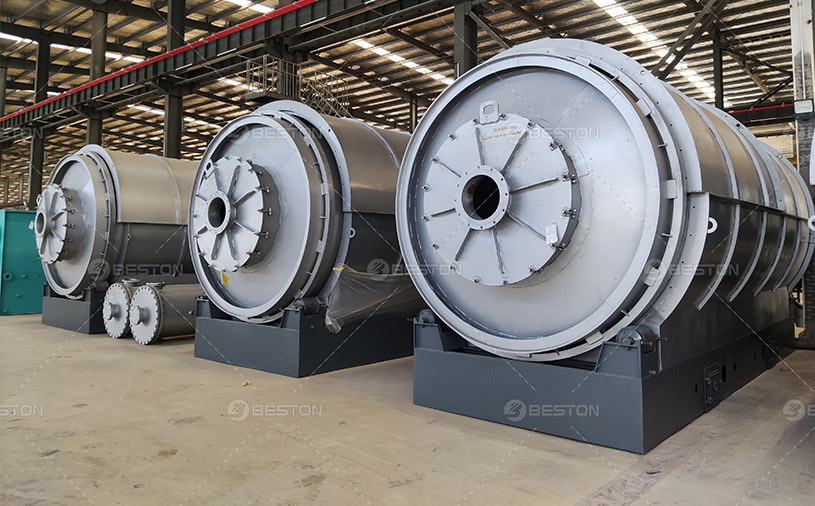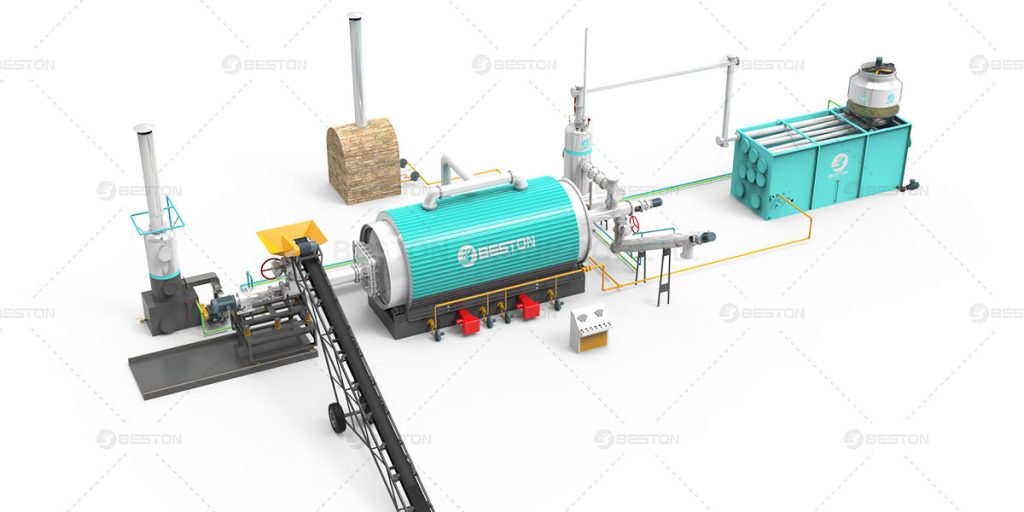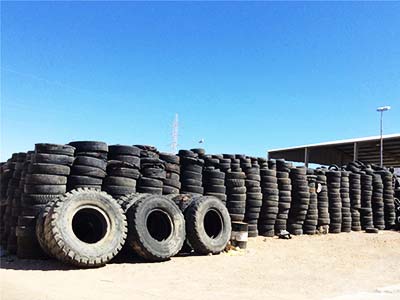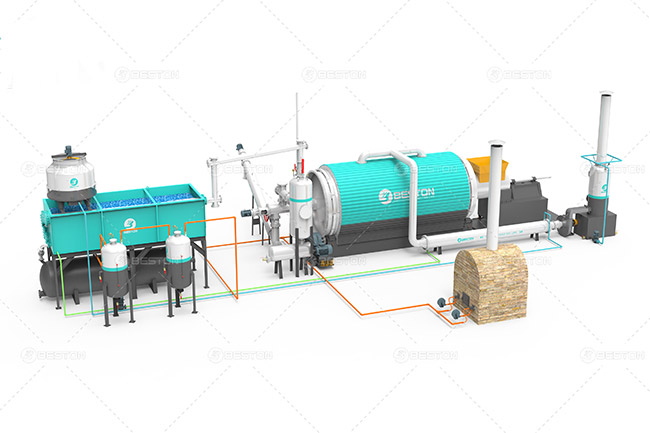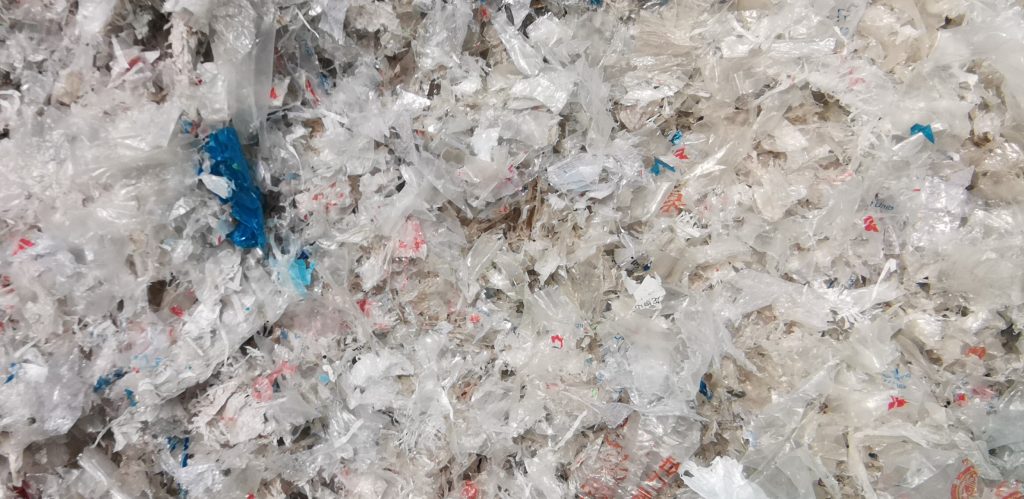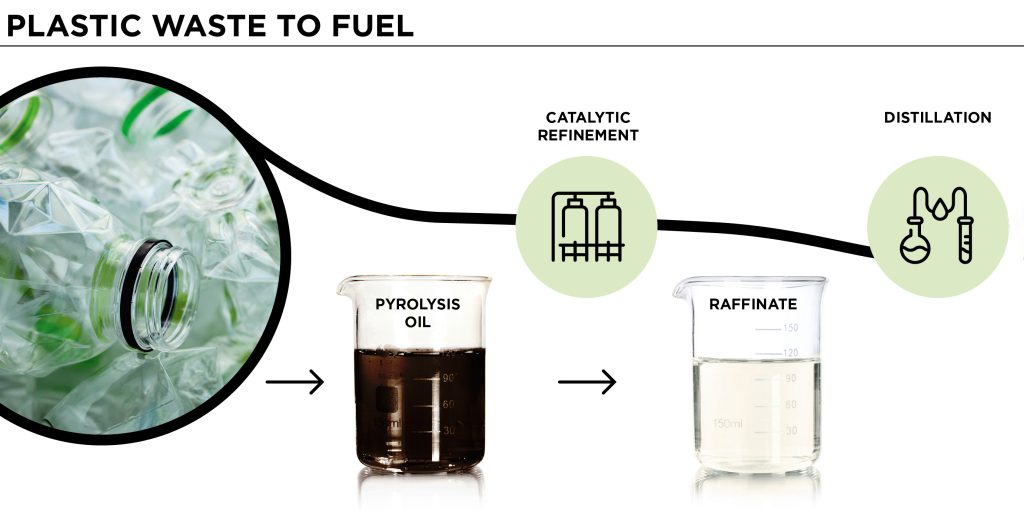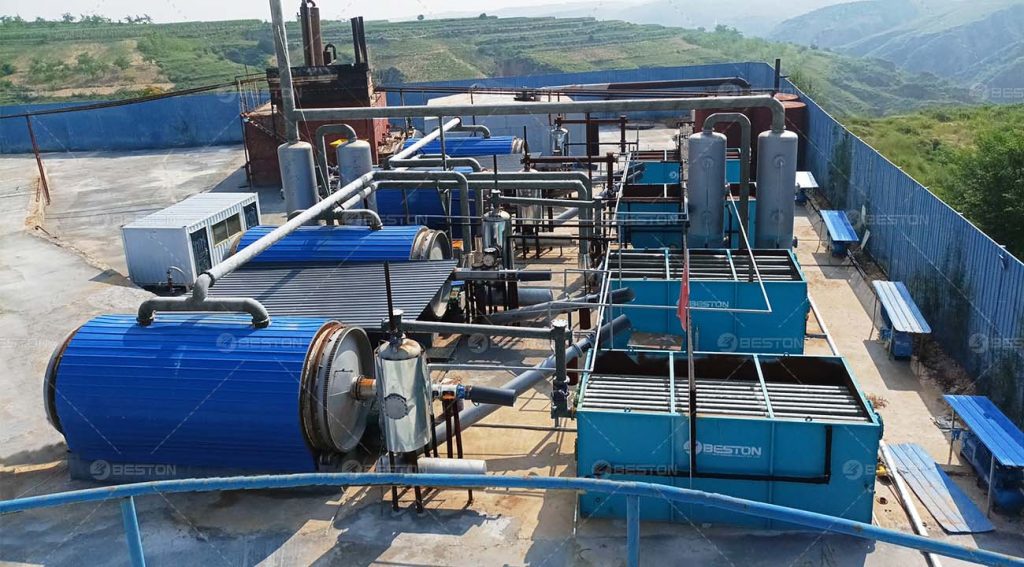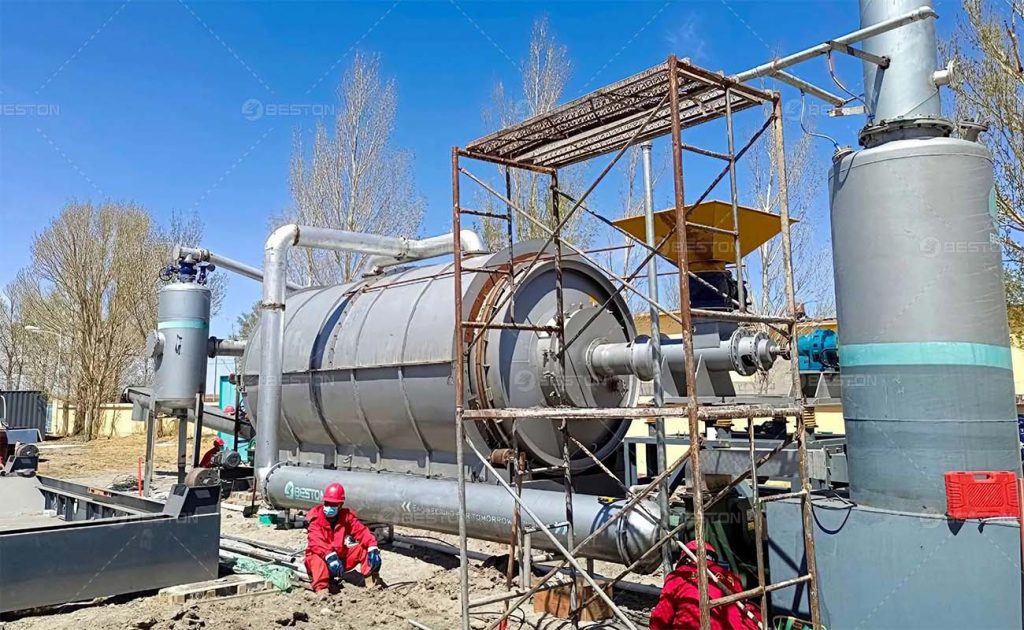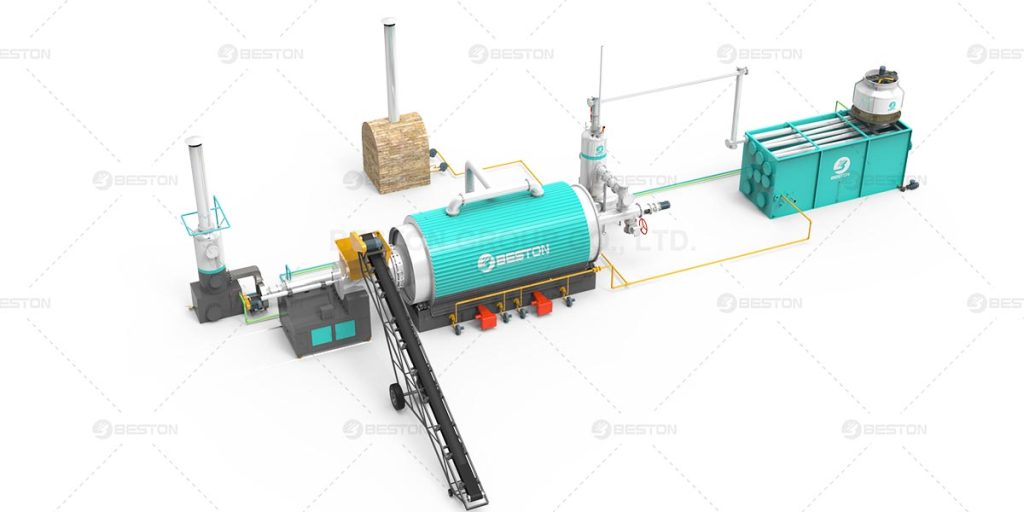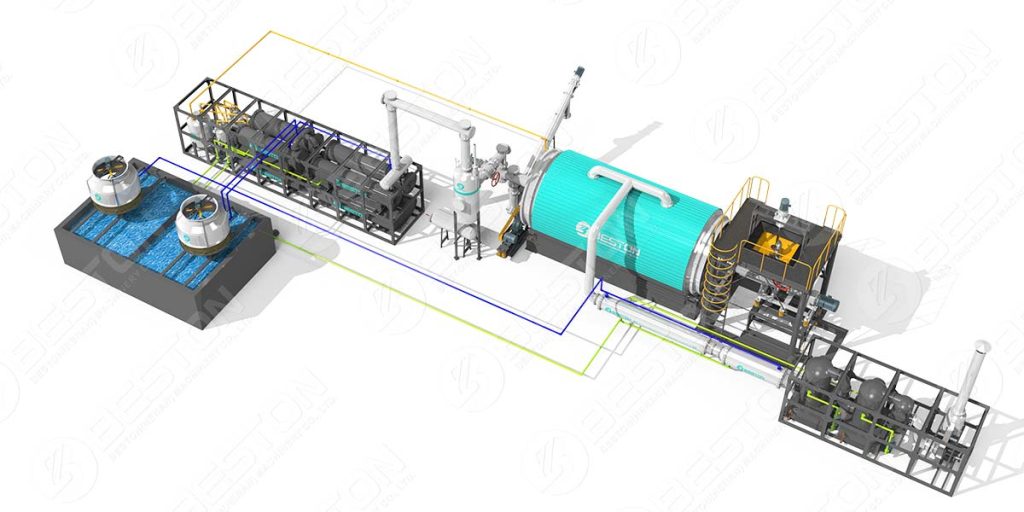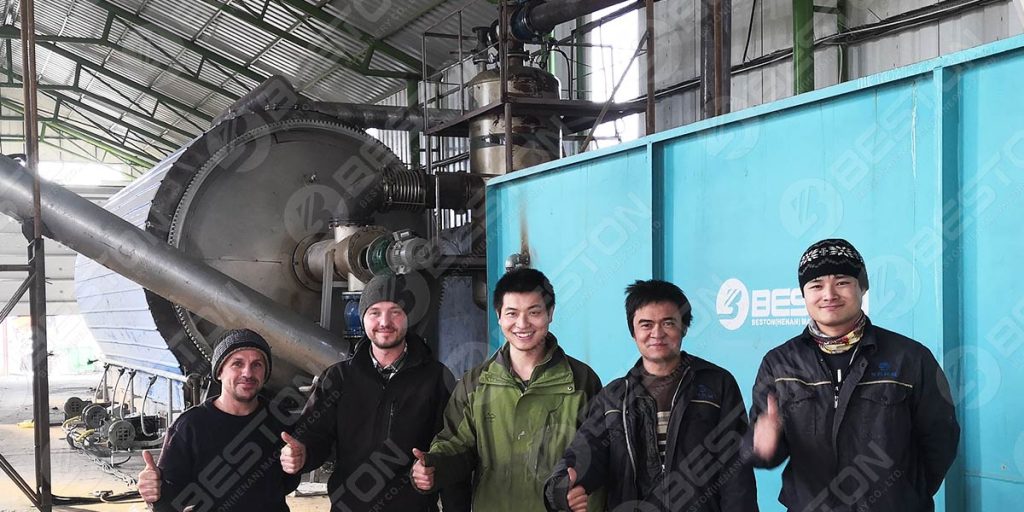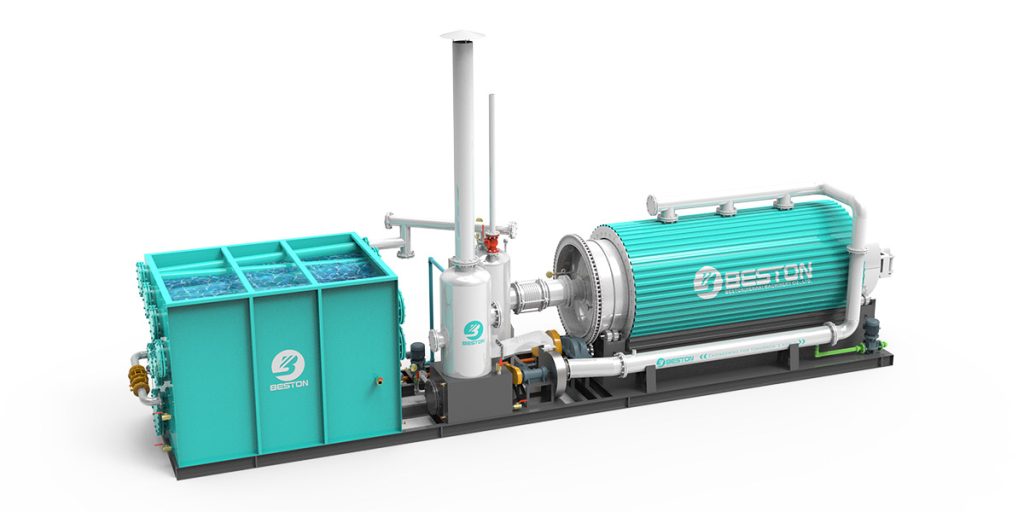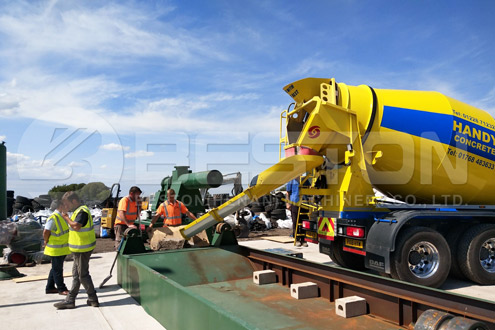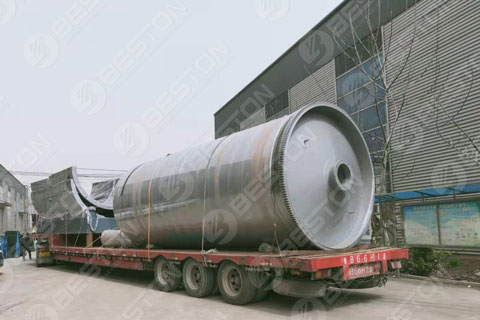Investing in a pyrolysis plant represents a substantial capital outlay. The price of a plastic pyrolysis plant can vary widely, depending on a number of critical factors. Understanding these factors is essential for businesses looking to enter the waste-to-energy industry, as well as for those planning to expand or upgrade their existing facilities. These factors include the scale of operation, the type of technology used, the location, and the overall quality of the equipment, among others. Below is a detailed breakdown of the key elements that influence the pricing of a pyrolysis plant.
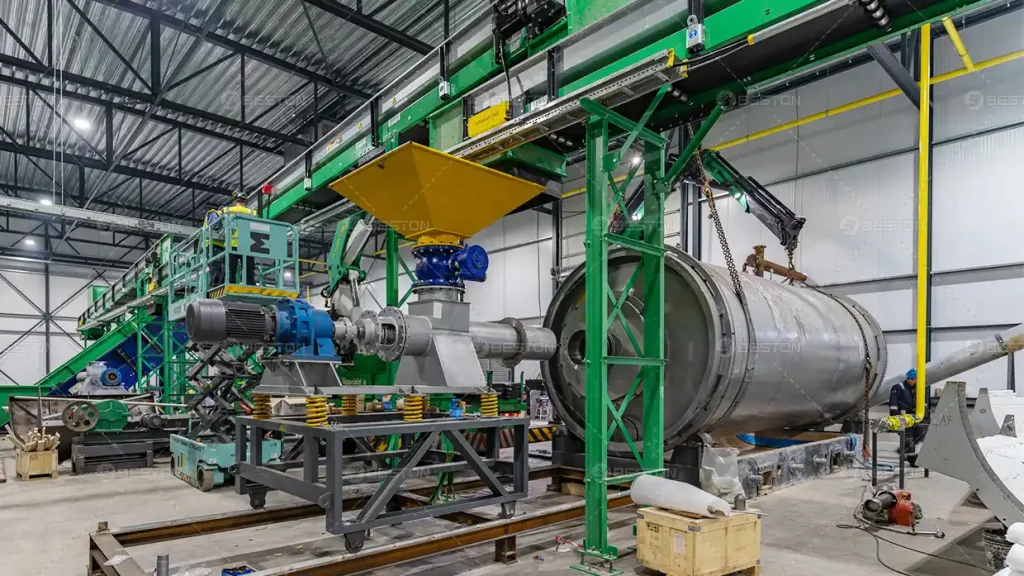
1. Plant Capacity and Scale
The most significant factor affecting the pyrolysis plant price is its processing capacity. Larger plants with higher throughput capacity naturally come with a higher price tag. A pyrolysis plant capable of processing several tons of plastic waste per day will be significantly more expensive than smaller-scale plants designed for lower volumes.
The scale of the operation determines the size and complexity of the machinery involved. High-capacity pyrolysis plants typically include advanced features such as automated feeding systems, larger reactors, and enhanced cooling systems, all of which contribute to a higher overall cost. Businesses looking to invest in large-scale operations must also account for higher installation, maintenance, and operational costs.
2. Technology and Features
The technological sophistication of the pyrolysis plant is another important determinant of cost. Advanced pyrolysis technologies, such as continuous pyrolysis systems, incorporate cutting-edge innovations that improve the efficiency, safety, and environmental performance of the process. These systems tend to have higher upfront costs due to the complexity of the equipment, automated controls, and advanced safety features.
In contrast, batch pyrolysis plants, which operate in cycles, generally come with a lower price tag. However, while batch plants are more affordable initially, they may require more manual intervention and may not be as energy-efficient or capable of handling large volumes of waste as continuously operating systems.
The inclusion of additional features such as gas cleaning units, flue gas treatment systems, and integrated power generation systems can further increase the price. These add-ons help improve the environmental sustainability and commercial viability of the plant, but they come at a cost.
3. Type of Equipment and Materials Used
The quality and type of materials used in manufacturing the pyrolysis plant play a crucial role in determining the price. Higher-quality steel, advanced refractory materials for the reactor, and premium components for safety and control systems all contribute to the overall pyrolysis reactor price. Moreover, the durability and longevity of the materials are vital, as plants built with high-quality materials tend to have lower maintenance costs and longer operational lifespans.
For example, if the reactor is constructed with heat-resistant, corrosion-resistant materials, it will likely come at a higher price, but this investment will result in fewer repairs and more efficient operation over the long term. In comparison, lower-quality materials might reduce initial costs but increase maintenance requirements and the risk of premature wear and tear.
4. Location and Installation Costs
The geographical location of the plant also influences its pricing. Transport costs, tariffs, and local regulations can all impact the final cost of setting up a plastic to fuel plant. If the plant is located in a region with stringent environmental regulations, the design and technology used in the plant may need to meet higher standards, thereby increasing the price. Similarly, local labor costs and site preparation requirements can drive up the overall installation cost.
For example, establishing a pyrolysis plant in a remote location may require specialized transport and logistical arrangements for the delivery and installation of the equipment, which can add considerable costs. In contrast, a plant located in a more industrialized area with existing infrastructure might benefit from lower installation costs.
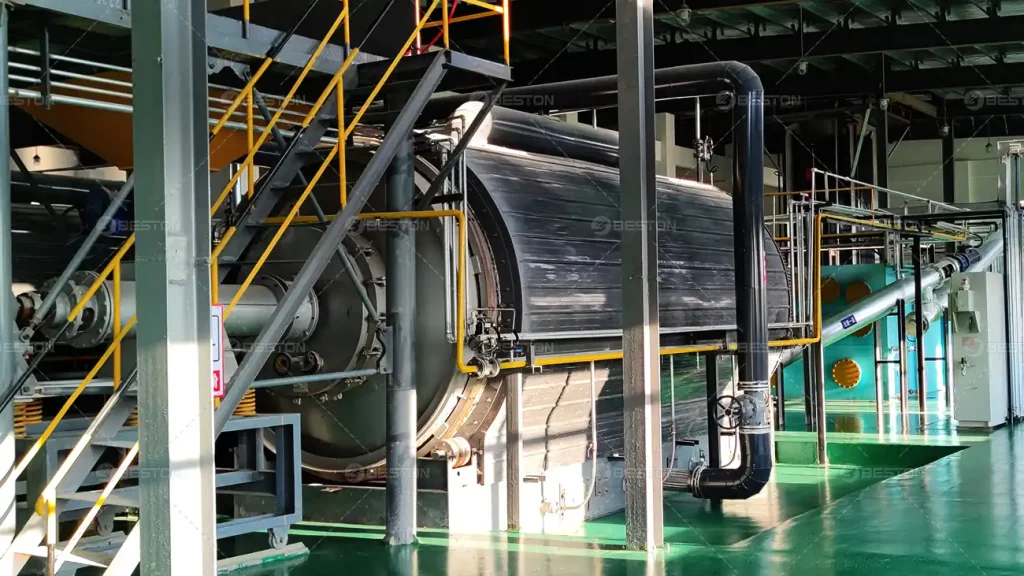
5. Maintenance and After-Sales Support
The cost of after-sales support and ongoing maintenance is another factor that should be considered when assessing the price of a pyrolysis plant. Some manufacturers offer comprehensive warranties and maintenance services, which can increase the upfront price but provide valuable long-term savings by minimizing unexpected repair costs. A good after-sales service package ensures that the plant operates optimally over its lifespan, reducing downtime and increasing the overall efficiency of the plant.
The level of technical support provided by the manufacturer can also impact the cost. Plants that come with advanced monitoring and diagnostic systems may reduce the need for manual inspections and troubleshooting, but the initial investment in these systems may be higher.
6. Environmental Compliance and Certifications
In some regions, regulatory requirements regarding the environmental impact of pyrolysis operations can significantly affect the cost of the plant. Pyrolysis plants that meet specific environmental standards or carry certifications such as ISO or CE often come with higher price tags. This is because the manufacturer must invest in equipment that adheres to these standards, such as advanced gas cleaning systems, filtration systems, and emission control devices.
The cost of ensuring compliance with environmental regulations may also include additional testing and validation processes to demonstrate that the plant meets all legal requirements. These costs can be factored into the price of the equipment, depending on the manufacturer and the specific compliance needs of the region.
7. Market Demand and Supplier Competition
Market demand and competition among suppliers are additional factors that can influence the price of a pyrolysis plant. In a highly competitive market with multiple suppliers offering similar technology, the price may be driven down. Conversely, if the demand for pyrolysis plants is high and the supply is limited, prices can be inflated.
Manufacturers may also offer flexible pricing based on customer needs, including discounts for bulk purchases or long-term contracts. Buyers should be aware of price fluctuations based on current market conditions and make purchasing decisions accordingly.
